Published in the Sunday Indian Express Magazine - Eye on 04 February, 2024
Along with counting the number of European countries that we have been to, I certainly think that we should have a separate region-based bucketlist of Europe.
A question I often like to ask is ‘how many countries have you been to? If you have done at least 3 or 4 trips outside India, there is a high possibility that there is at least one European country on that list. So my followup question always is ‘how many European countries have you been to? My number for Europe currently stands at 18. There are 44 countries in Europe today, according to the United Nations. So I have 26 more countries to go. But it was only recently that I realized after a trip across Europe with Heta, that just counting the number of European countries that you have been to, is not a complete measure. There is so much more to Europe that your bucketlist will always be increasing. Let me explain.
If you think of Europe, it’s quickly evident that Europe is a continent of astounding diversity and cultural richness, which extends far beyond its 44 countries. Each corner of Europe brims with unique regions, each boasting its own identity, culture, and breathtaking landscapes. Take, for instance, the Dolomites in Italy, a majestic mountain range offering awe-inspiring views and a haven for adventure enthusiasts. Catalonia, with its distinct identity, language, and architectural marvels like Gaudí's creations, is a world within itself, nestled in northeastern Spain. These regions represent just a glimpse of Europe's intricate tapestry, where every valley, village, and city tells a different story. The enchanting Scottish Highlands, the sun-kissed Greek Isles, and the historic Transylvanian villages in Romania further illustrate the continent's endless variety. Europe's richness lies in these hidden gems and lesser-known places, each contributing to the never-ending appeal of this continent. With every journey, Europe reveals that it is not just a collection of countries but a mosaic of countless communities and landscapes, ensuring that a traveller's bucketlist is always expanding.
One such region that Heta and I had the opportunity to explore over a 15 day holiday is Basque Country, a region that is a testament to Europe's cultural complexity, with its own language, culinary traditions, and vibrant festivals.
To understand this region, let’s first look at it from a geographical lens. The Basque Country is a region in northern Spain and southwestern France. It is located on the western end of the Pyrenees mountains, straddling the border between Spain and France along the Bay of Biscay. The Spanish part includes notable towns like Bilbao and San Sebastián, while the French part, known as the Northern Basque Country or French Basque Country, consists of cities like Bayonne and Biarritz. The region is characterized by its rugged coastline, mountainous terrain, and a distinct cultural and linguistic heritage, with the Basque language (Euskara) being a prominent feature.
When we travelled through Basque Country, it’s undeniable that we noticed deep rooted traditions and unique customs. The Basques have long been custodians of their Euskara language considered one of Europe's oldest and most mysterious tongues, as its origins are still debated.
If you recall the 2011 blockbuster hit, Zindagi Na Milegi Dobara, what do you remember from the last part of the movie? It’s the Running of the Bulls festival. On our road trip, we had the great opportunity to witness this festival, also known as "Encierro," held annually in the city of Pamplona, Spain. A part of the San Fermín Festival, which takes place from July 6th to 14th, the bull run occurs each morning during this period. Participants, often dressed in white with red scarves, run ahead of a group of bulls all the way through the streets of Pamplona to the city’s famous bullring. This tradition dates back to the 14th century and was originally a way to transport bulls to the market. If you ask me, it’s more fun securing tickets for the bullring where the bull run ends, than waiting on the streets or paying top dollar to stand in the balconies of buildings along the bull run route, trying to get that two-second glimpse of the bulls running past you.
If you listen to my podcasts, Travel Explore Celebrate Life and 5 Minute Travel Tips on Spotify, you know that I love food. And this is where Basque Country shines in all its glory. A love for food and communal dining is deeply ingrained in the Basque psyche, and the abundance of local produce—fresh seafood from the Cantabrian Sea, top-quality meats, and a spectrum of vegetables—fuels a cuisine that is constantly evolving while remaining true to its roots. The city of San Sebastián is known to have some of the best restaurants in the world and we had the opportunity to dine at one such place, Mirador De Ulia. A special restaurant, with outstanding views of the city and Zurriola beach, Mirador left a lasting impression on us. Located at the top of Monte Ulía, it is run by chef Rubén Trincado, who perfectly blends tradition and innovation, and chooses the menu that best suits your tastes.
The culinary legacy of Basque Country doesn't end with its high end Michelin Star restaurants. Basque cuisine, like the culture it springs from, is a playground for culinary experimentation. At the heart of Basque gastronomy is the concept of ‘Pintxos’ (pronounce 'x' as 'ch' in chair) —small, flavourful bites that are often likened to gourmet tapas. We found these at every bar and these bites often reflected the area’s specialization in fresh, seasonal produce and the sea. My personal favourites were: Tortilla Española Pintxo (Spanish omelette made with eggs, potatoes, and onions), Txangurro a la Donostiarra (baked spider crab meat mixed with onions, leeks, brandy, and tomato, stuffed back into the crab shell), Gambas al Ajillo (prawns sautéed in olive oil with plenty of garlic) and Pimientos de Padrón (small green Padrón peppers fried in olive oil and sprinkled with coarse salt). As we witnessed all across Basque Country, savouring Pintxos is not just about indulging in a meal; it is an art form, a social activity that brings together friends and family.
No mention of the Basque Country's natural beauty is complete without a nod to ‘Game of Thrones’, which transformed locations like Dragonstone (Gaztelugatxe) and King's Landing's gardens (Plaza de Santa María, in Cáceres) into mythical realms. For fans of the series, a trip through this region is a chance to step into the shoes of their favorite characters; for all others, it's an opportunity to behold these vistas as they truly are—awe-inspiring in their raw, unscripted guises.
If that wasn’t enough, the coastlines of Biarritz and San Sebastián, with their crescent-moon bays and renown for surfing, leave you in awe. La Concha Beach in San Sebastián is often rated as one of the best city beaches in the world, known for its golden sands and crescent shape, offering breathtaking views of the bay and the city. Grande Plage, a beach in Biarritz is straight out of a postcard with its palace-styled casino, striped beach tents and beach clubs for children. Sopelana Beaches including Arrietara and Atxabiribil, are renowned for their surfing, beautiful cliffs, and paragliding opportunities.
For a cultural explorer, a historian, a romantic, or simply a food enthusiast, the Basque Country is an inexhaustible well of experiences, simultaneously complex, compelling, and most importantly, welcoming. It is said that the Basques are neither entirely Spanish nor French; they are Basque. This individuality is mirrored in their warm, welcoming spirit, which is an echo of the region's own distinctive identity. To know the Basque Country is to know its people. Whether it is a spontaneous conversation with a local at a Pintxos bar or the deliberate immersion in the festivities of the San Fermin festival, the hospitality extended is always genuine, always from the heart.
So that was our experience of Basque country. In one trip alone, we covered 4 different regions of Europe: Loire Valley, Basque Country, Nouvelle-Aquitaine, and Paris. Given its vastness, I believe Paris should definitely be considered its own region. Have you been to Basque Country yet? What did you think of it? I would love to know about your experience, so write to me at neil@veenaworld.com. All in all, I believe we are now at a point that along with counting the number of European countries that we have been to, I certainly think that we should have a separate region-based bucketlist of Europe. Until the next time, keep Celebrating Life!















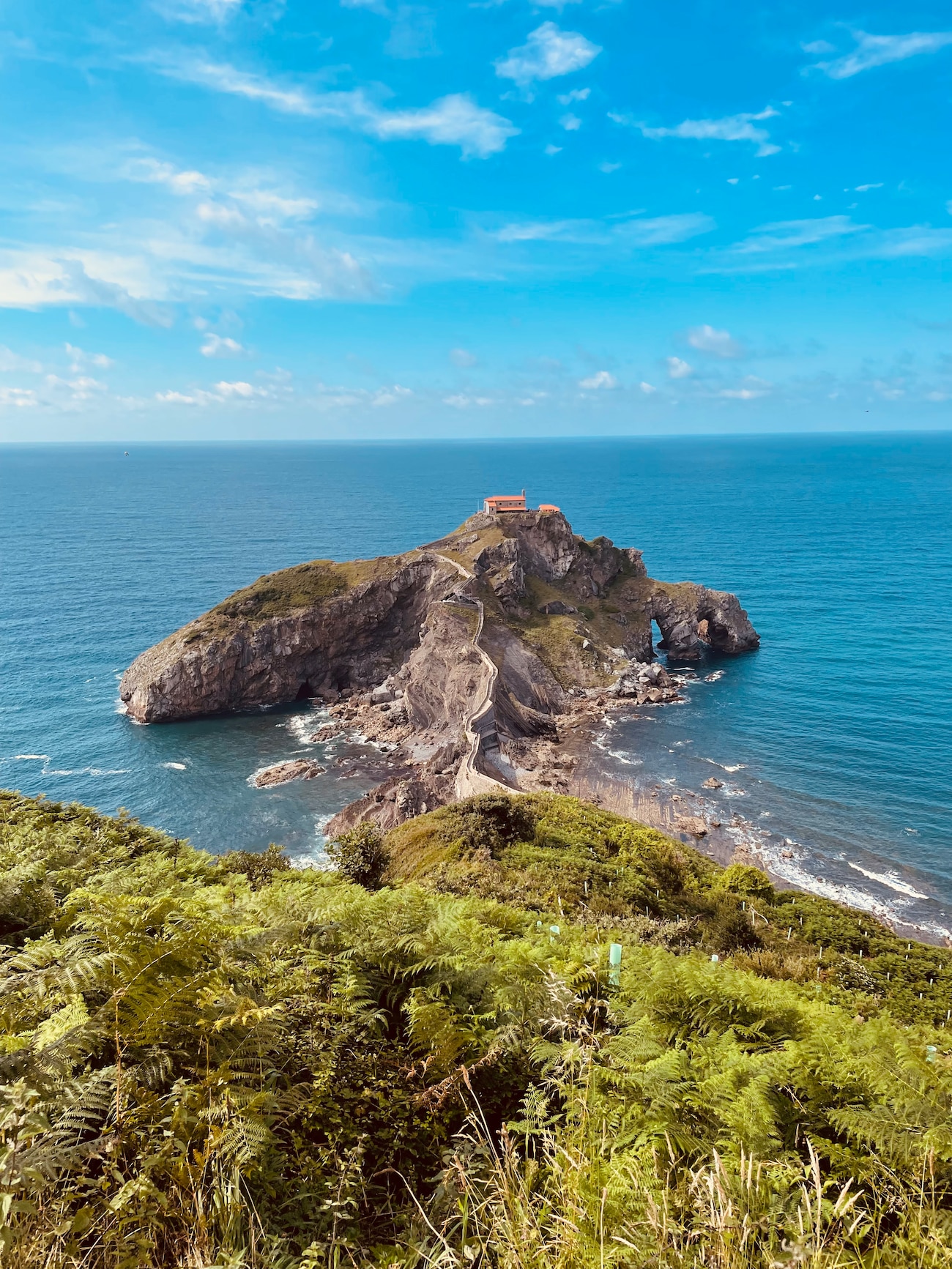









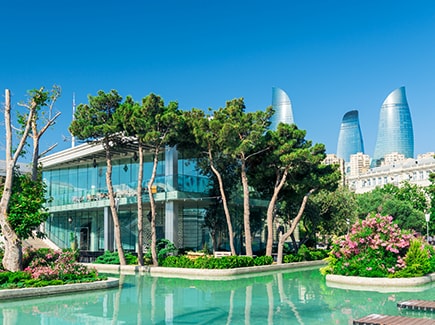
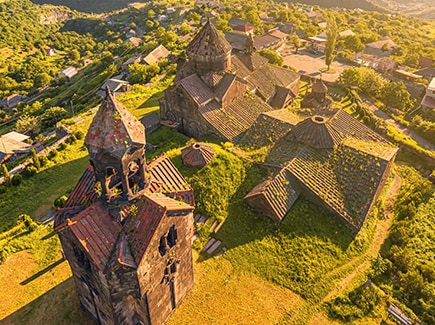
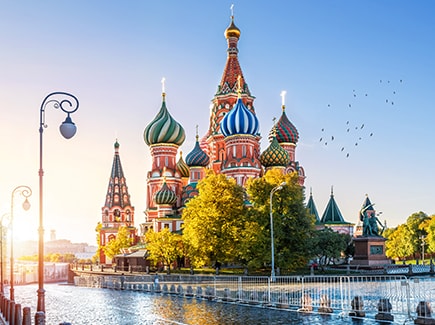
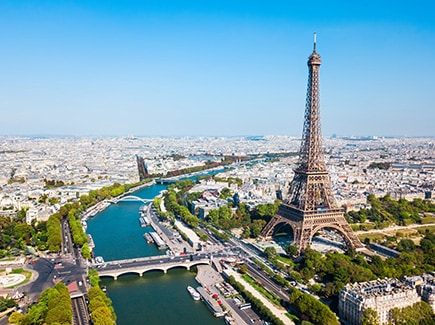
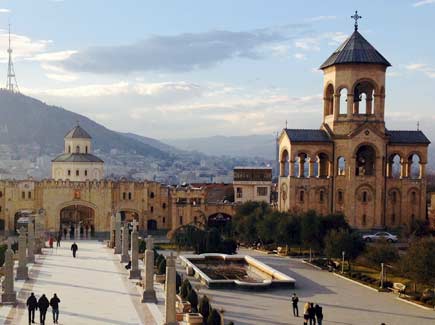






















Post your Comment
Please let us know your thoughts on this story by leaving a comment.